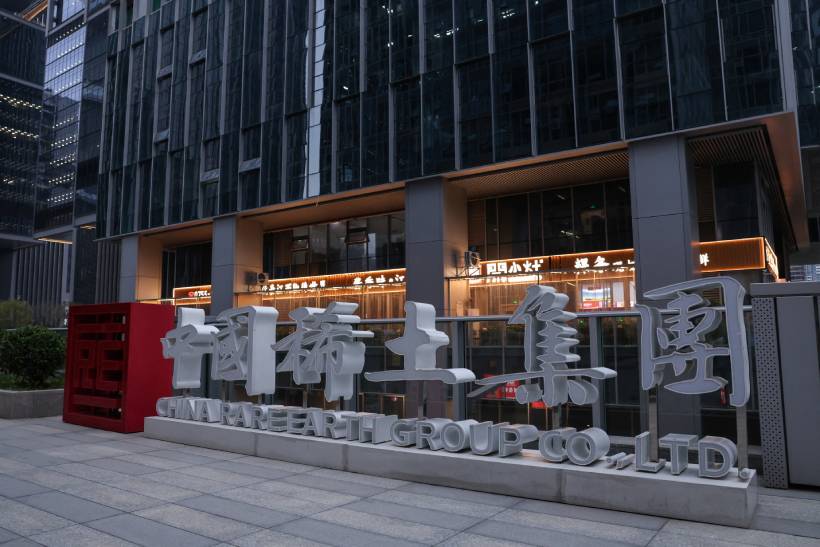Magnet Diplomacy: China’s Rare-Earth Exports Soar After Xi Deal
NEWS BRIEF China’s rare-earth magnet exports surged to 6,150 metric tons in November, the second-highest level on record and a 12% increase from October, following the U.S.-China agreement to streamline exports of the critical elements. The recovery comes after China restricted magnet exports in April during the trade war, bringing parts of the global supply […]
The post Magnet Diplomacy: China’s Rare-Earth Exports Soar After Xi Deal appeared first on Modern Diplomacy.
